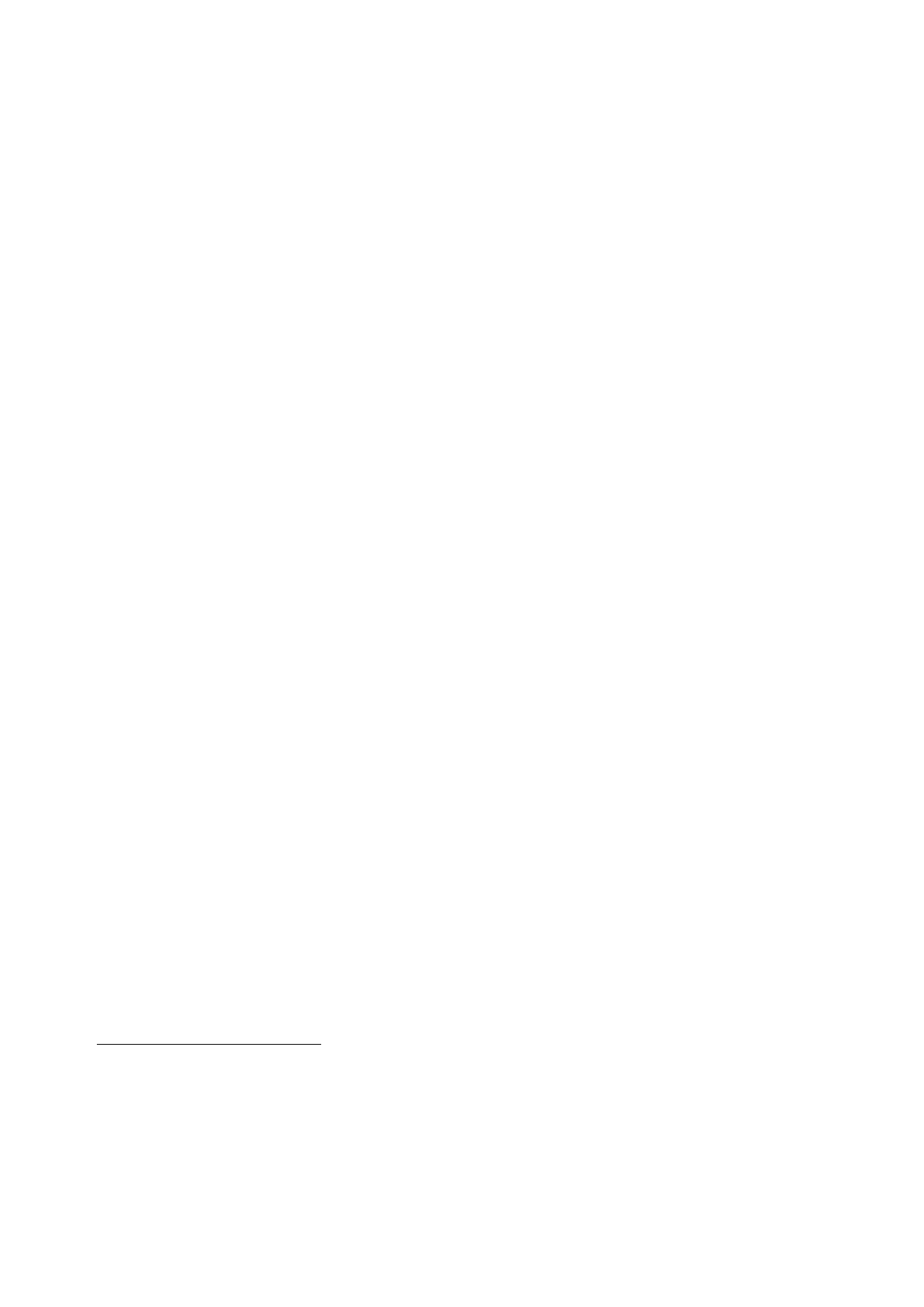
1.1 | UK
Iraq strategy 1990 to 2000
or the IAEA
may wish to inspect”. UNSCOM undertook “to operate with full
respect for
the
legitimate security concerns of Iraq”. It stated that Iraq and
UNSCOM had “agreed
to intensify
their work with the aim of making it possible for the Commission to
report
as soon
as possible to the Security Council that Iraq has met its
obligations under
section C
of resolution 687 (1991)”.
247.
Mr Ekéus
also reported that he had told Mr Aziz that, without an
agreement, “Iraq’s
isolation
would have increased and there would have been the possibility of
further
actions
being taken by the Council to obtain compliance with its
resolutions”, and that:
“Without
the right to inspect any site at which the Commission had reason to
believe
that
proscribed weapons or materials were present, the Commission’s
utility in
achieving
the Council’s objectives would have been irreparably
harmed.”
248.
The joint
programme of action focused on Iraq’s FFCDs of its activities and
the
means and
techniques of verifying them.112
As a
priority and to accelerate verification,
Iraq and
UNSCOM agreed to concentrate on the fundamental areas of
the:
•
material
balance of proscribed weapons and their major
components;
•
unilateral
destruction of proscribed items;
•
further
provision of documentation;
•
identification
of measures used to retain proscribed items; and
•
immediate,
unconditional and unrestricted access”.113
249.
Mr Ekéus
told the Inquiry:
“… in 1996
I developed, together with the Iraqi [deputy] prime minister Tariq
Aziz,
modalities
for functioning access for inspectors, which guaranteed
realization
of
inspections of what Iraq called sensitive sites (Presidential
Palaces etc). The
modalities
implied some delay of access but without compromising control of
the
facility
(entrance/exit and aerial helicopter surveillance). This was
welcome[d] by
all the
Security Council members with the exception of the
US/UK.”114
250.
Dr Blix wrote
in 2004:
“The
solution was not welcomed by the US and some other members of
the
Security
Council, who felt that it introduced a limitation in the inspection
rights
that had been
laid down by the Council. This was certainly how the Iraqis
also
112
UN Security
Council, 11 October 1996, ‘Report of the Secretary-General on
the activities of the Special
Commission
established by the Secretary-General pursuant to paragraph 9 (b)
(i) of resolution 687 (1991)’
(S/1996/848).
113
UN Security
Council, 19 March 1996, ‘Statement by the President of the
Security Council’
(S/PRST/1996/11).
114
Statement
Ekéus, 23 April 2011, page 4.
115
Blix
H. Disarming
Iraq.
Bloomsbury, 2004.
67
